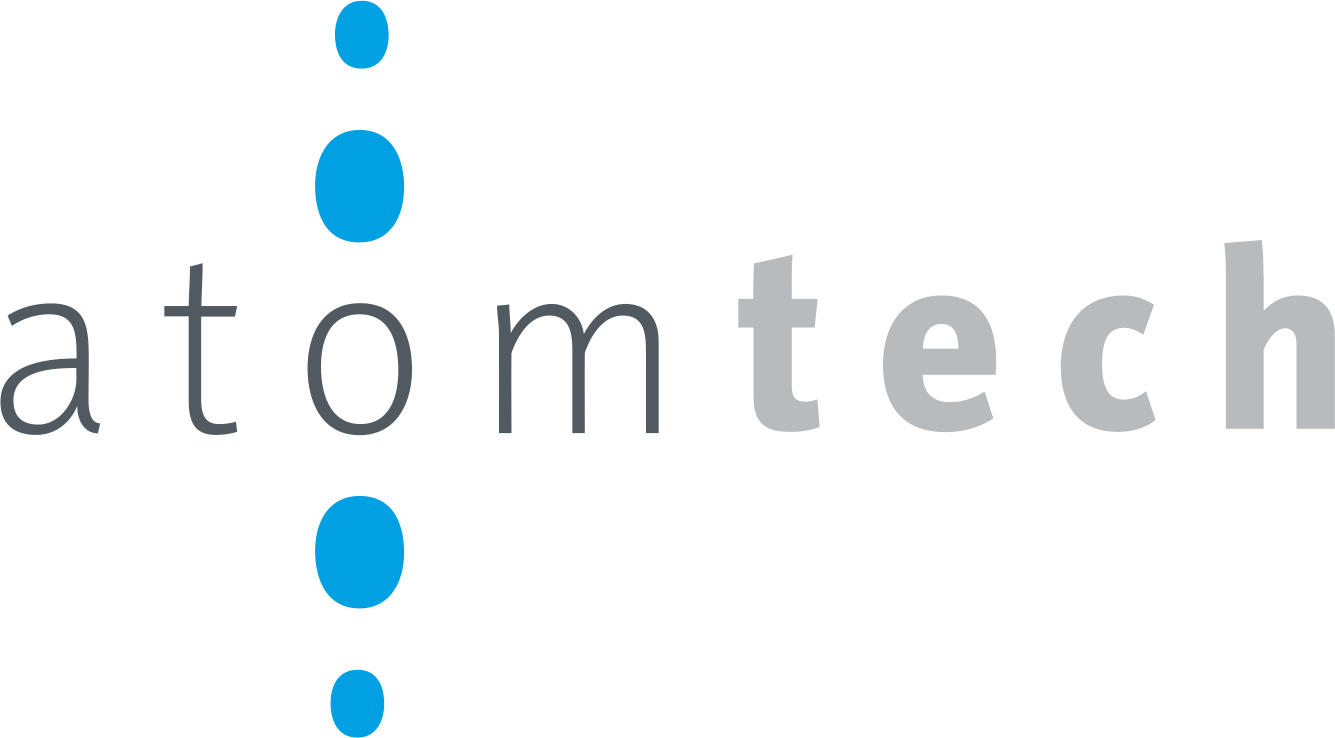Length – 40 hours
Level -Intermediate
Overview
Provide focused training for experienced UNIX administrators on how to install, customize, and administer the AIX operating system in a multiuser POWER (System p) partitioned environment. The course is based on AIX 7.1 running on a Power system managed by Hardware Management Console version 7 and provides practical discussions that are appropriate to earlier AIX releases.
Prerequisites
You should be able to use basic UNIX commands to:
Execute basic AIX commands
Manage files and directories
Use the vi editor
Use redirection, pipes, and tees
Use the utilities find and grep
Use command and variable substitution
Set and change Korn shell variables
Write simple shell scripts
The above skills can be acquired by attending AIX Basics AU130 or AN100 or through equivalent AIX/UNIX knowledge.
In addition, you are expected to have hands-on experience administering a UNIX operating system (such as Solaris, HP/UX, and others) including:
User management and system security
Storage
Networking
System shutdown and restart
Backup and recovery
System task scheduling
Audience
This intermediate course is intended for experienced UNIX system administrators who need training to support their transition to supporting AIX running on POWER processor based systems in a multiuser POWER (System p) partitioned environment.
Course outline
Introduction to AIX and IBM Power systems
AIX system management tools
AIX software installation and maintenance
System configuration and devices
TCP/IP networking
System startup and shutdown
Basics of configuring logical partitions
AIX installation
Working with the Logical Volume Manager
File systems administration
The Object Data Manager
LVM metadata
Disk management procedures
Backup and restore
Error monitoring
System initialization – I
System initialization – II
The AIX system dump facility
Topic 1: Alternate disk installation
Topic 2: Using multibos
Optional Appendix A: Survey of additional AIX facilities
Optional Appendix B: Printers and queues
